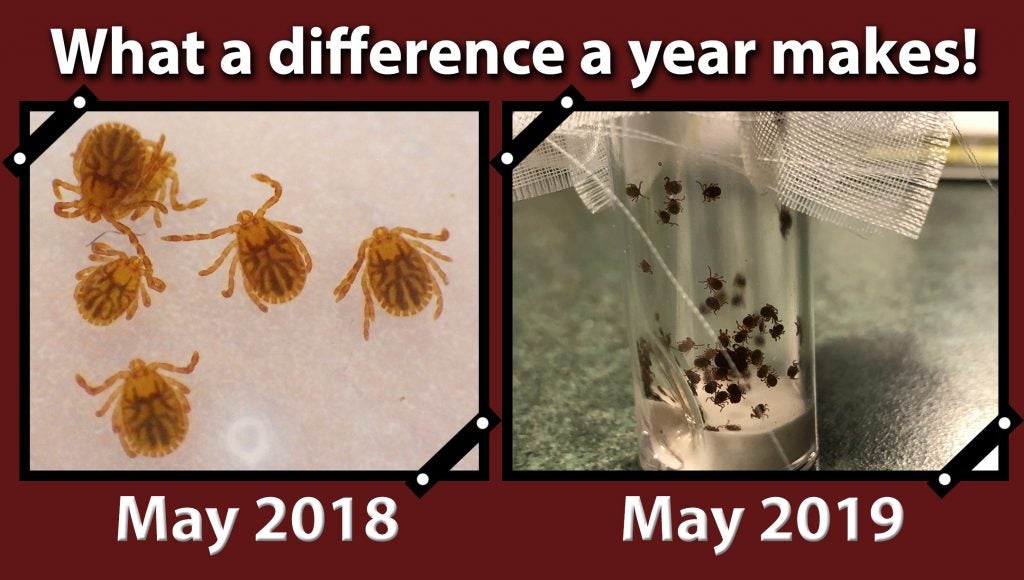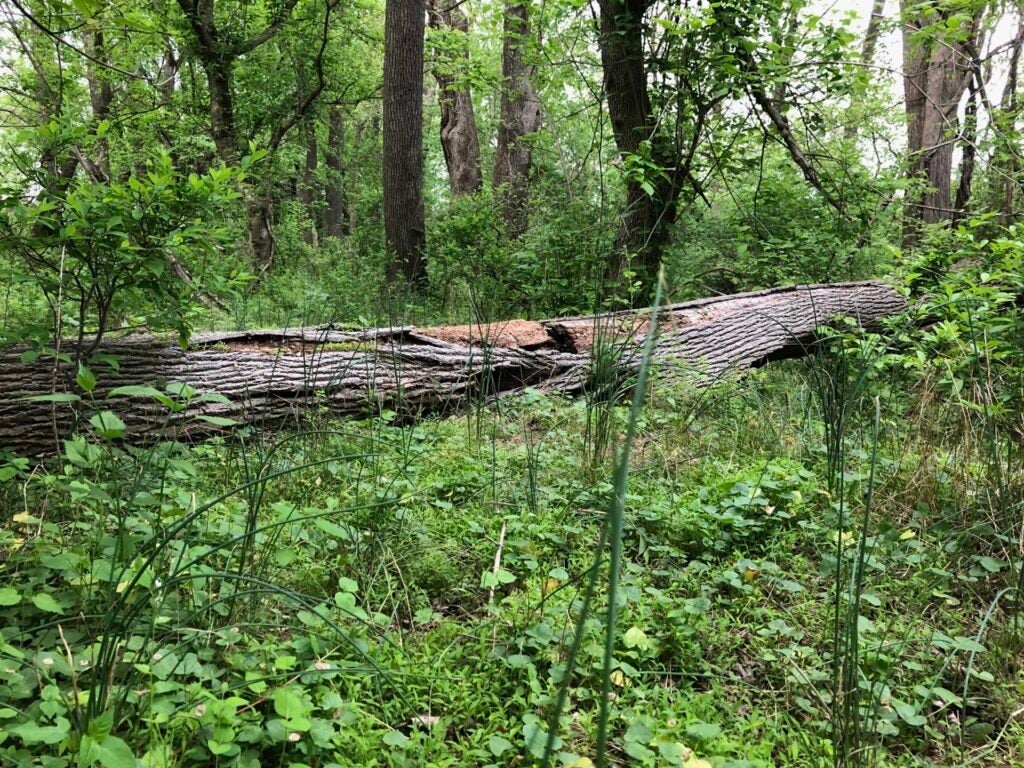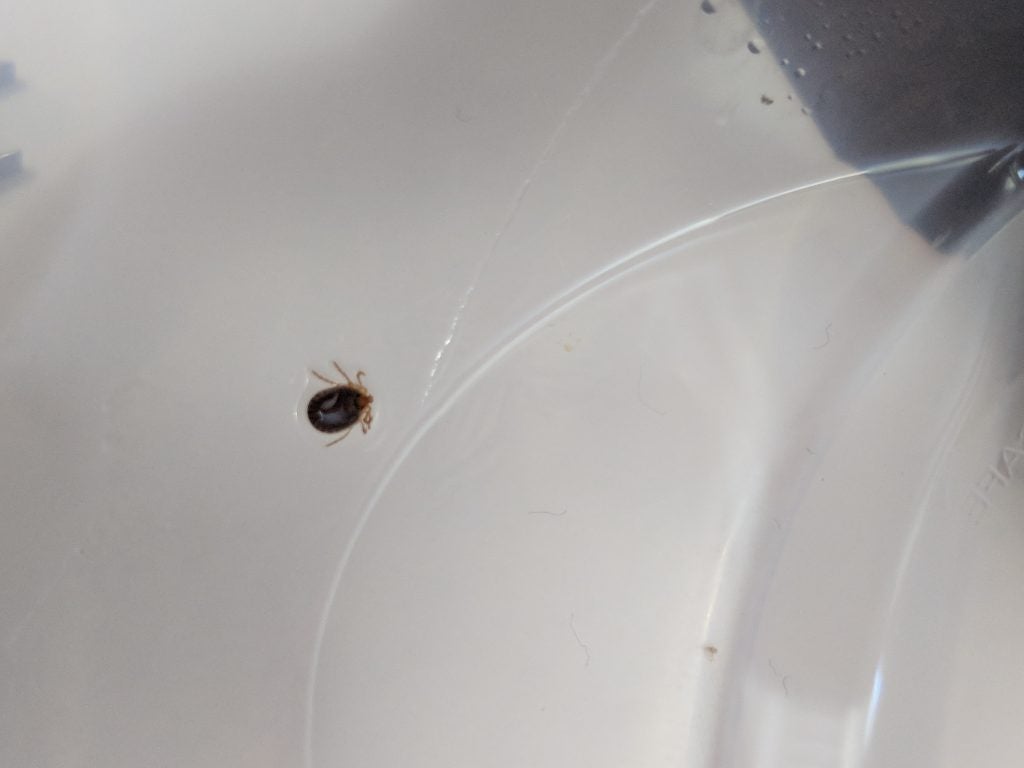Maybe you’ve heard the saying “life can present you with obstacles…or opportunities; it’s all about your attitude.” For most people, ticks are just an obstacle to good health, a cause for anxiety, a cost for protecting loved ones, and just plain yucky. I imagine very few people think “opportunity” when they think tick.
It gets worse! A CDC HealthStyles survey (1) reported that nearly one quarter of American households report at least one tick encounter every year. That’s about 27 million “obstacles” affecting up to as many as 70 million people (assuming an average 2.5 people/household) each year and who knows how many pets. And from what we’ve learned so far, most of those people likely couldn’t kill and dispose of their tick fast enough. Holding onto the tick long enough to identify it and then learn what risk it might present to their health is not yet at the top of most people’s list of tick bite management practices. But “not yet” sounds like there’s a pivot opportunity coming…
TickSpotters is America’s largest crowdsourced tick survey. It’s a free service of the University of Rhode Island’s TickEncounter program, and it provides photo-based tick identification, disease risk assessment, and science-based prevention education in 24 hours or less to anyone with an internet connection. Individualized engagement and personalized public health messages tailored to a person’s specific tick encounter.
As I write this, TickSpotters has already helped more than 60,000 people with their tick encounters. TickSpotters is building a big-data resource that’s already helping tick scientists personalize tick prevention education to help people successfully avoid tick bites and prevent disease. Harnessing the power of the crowd, TickSpotters is an open call for any and all with a tick encounter to take a picture and report it; citizens partnering with tick scientists and participating in the process of tracking tick trends, and maybe helping find solutions to America’s Lyme disease problem.
But America has other tick problems, too. Late in 2017, a single finding of a tick new to North America, Haemaphysalis longicornus also called the Asian Longhorned Tick (ALT), was reported from New Jersey. Once recognized as different and new, this tick showed up in 7 additional states in 2018 and is continuing to spread (found in 15 states by 2020). Here comes the opportunity part…
It was August 2018, and TickSpotters started getting tick pictures that were clearly different than those we typically get. First one on August 12, then a few more the following week and more than 20 by the end of the year. In all of the cases of these “different” ticks, we requested that the submitter send us the tick for microscopic and molecular verification. We’ve now gotten several in the mail and they’ve all turned out to be Asian Longhorned tick. Three of them, it turned out, were new county records for that tick; two were cases of an occurrence of these ticks on a new host species (Canada Goose gosling and backyard chickens). And there it is–citizen-science–people participating in the process, partnering with entomologists and public health to spot and report a new invasive tick species.
So, what have citizens done? There was our first submission, a tick taken off a dog after a walk in a Staten Island NY park. That submission led to our first on-the-ground reconnaissance trip, and 3 surprising findings about this tick, most notably, that this tick is not rare but very common, at least on Staten Island. Just click the link to read more about that. This supports what other researchers are finding as well (2).
Another submitter sent us a picture of 6 of these ticks he had collected in a parkland in Bucks County PA, a new county record. We don’t know if he found more than 6 or how much effort he expended to find those, but it

provided an opportunity for us to take another field trip, this time in early May 2019, to see if we could find any ALTs in the same park. Just as happened on Staten Island, we quickly started finding nymphs and adults, but mostly nymphs. We even found one spot in the woods where there were likely thousands (we stopped collecting at about 350), and curiously, almost all of them were on the tips of a wild onion plant. On one tip we found a cluster of 33 nymphal ALTs. Who knew they liked onion?

Then there was the TickSpotter from Colorado who sent a picture of a 3-day engorged female ALT that he found on his dog. Turns out that he had been visiting near East Brunswick NJ just a few days earlier with his pup, and they most likely carried it home attached and feeding. Good thing he found that tick, because once engorged, female ALTs can lay fertile eggs without ever mating with a male through a process called parthenogenesis. And so far as we know, this tick has not taken up residence in Colorado—or has it? Let’s hope not! But from this episode, we learned how easily this tick can move long distances.

More recently, there was the submission of a picture from a veterinarian working at a wildlife rehab hospital in New York City. She actually found 7 nymphal ticks attached right at the base of the bill of a lethargic Canada Goose gosling. These too, were confirmed to be ALTs, and Canada Goose now is a new host record for this tick thanks to a citizen-scientist report.
What a difference citizen scientists are making. All because they snapped a picture and sent it to TickSpotters. It’s the new best practice for managing a tick bite.
(1) Hook SA, CA Nelson, PS Mead. 2015. U.S. public’s experience with ticks and tick-borne diseases: Results from national HealthStyles surveys. Ticks Tick Borne Dis 6:483-488.
(2) Tufts DM, MC VanAcker, MP Fernandez, et al. 2019. Distribution, host-seeking phenology, and host and habitat associations of Haemaphysalis longicornus ticks, Staten Island, New York, USA. Emerg Infect Dis 25:792-796.
